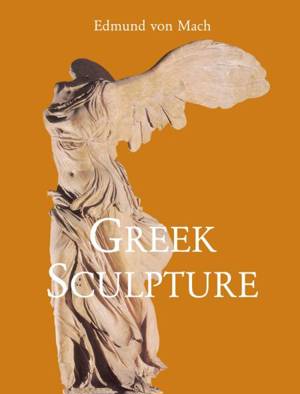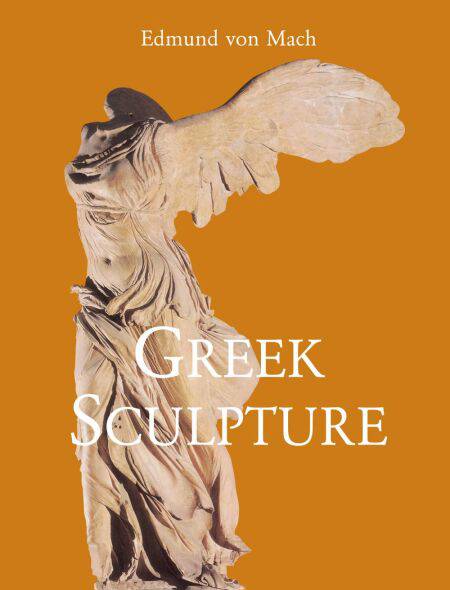
- Afhalen na 1 uur in een winkel met voorraad
- Gratis thuislevering in België vanaf € 30
- Ruim aanbod met 7 miljoen producten
- Afhalen na 1 uur in een winkel met voorraad
- Gratis thuislevering in België vanaf € 30
- Ruim aanbod met 7 miljoen producten
Zoeken
Omschrijving
Greek Sculpture is probably the most well known aspect of Greek art, for a contemporary it expresses the most beautiful ideal and plastic perfection. It is the first of the Ancient Arts that looked to free itself from the imitative constraints, of the faithful representation of nature. Only a small part of the production of Greek Sculpture is known to us. Many of the masterpieces described by Antique literature are henceforth lost or badly damaged, and a large part, we know are copies, more or less skillful and faithful to the Roman era. Many have been restored by Western Sculptors, from the Renaissance to nowadays, and often in a meaning very different from the original work: a discobolous is thus turned into a dying gladiator, this god received the attributes of another, the legs of this statue are transplanted to the torso of this other one.
“The soul of Greek Sculpture contains in it all sculpture. Its essential simplicity, defies all definition. We can feel it, but we can not express it. ‘Open your eyes, study the statues, look, reflect and look again,’ is the perpetual perception of anyone who wants to learn or know about Greek Sculpture.”
“The soul of Greek Sculpture contains in it all sculpture. Its essential simplicity, defies all definition. We can feel it, but we can not express it. ‘Open your eyes, study the statues, look, reflect and look again,’ is the perpetual perception of anyone who wants to learn or know about Greek Sculpture.”
Specificaties
Betrokkenen
- Auteur(s):
- Uitgeverij:
Inhoud
- Aantal bladzijden:
- 451
- Taal:
- Engels
- Reeks:
Eigenschappen
- Productcode (EAN):
- 9781780429779
- Verschijningsdatum:
- 8/05/2012
- Uitvoering:
- E-book
- Beveiligd met:
- Digital watermarking
- Formaat:

Alleen bij Standaard Boekhandel
+ 15 punten op je klantenkaart van Standaard Boekhandel
Beoordelingen
We publiceren alleen reviews die voldoen aan de voorwaarden voor reviews. Bekijk onze voorwaarden voor reviews.











